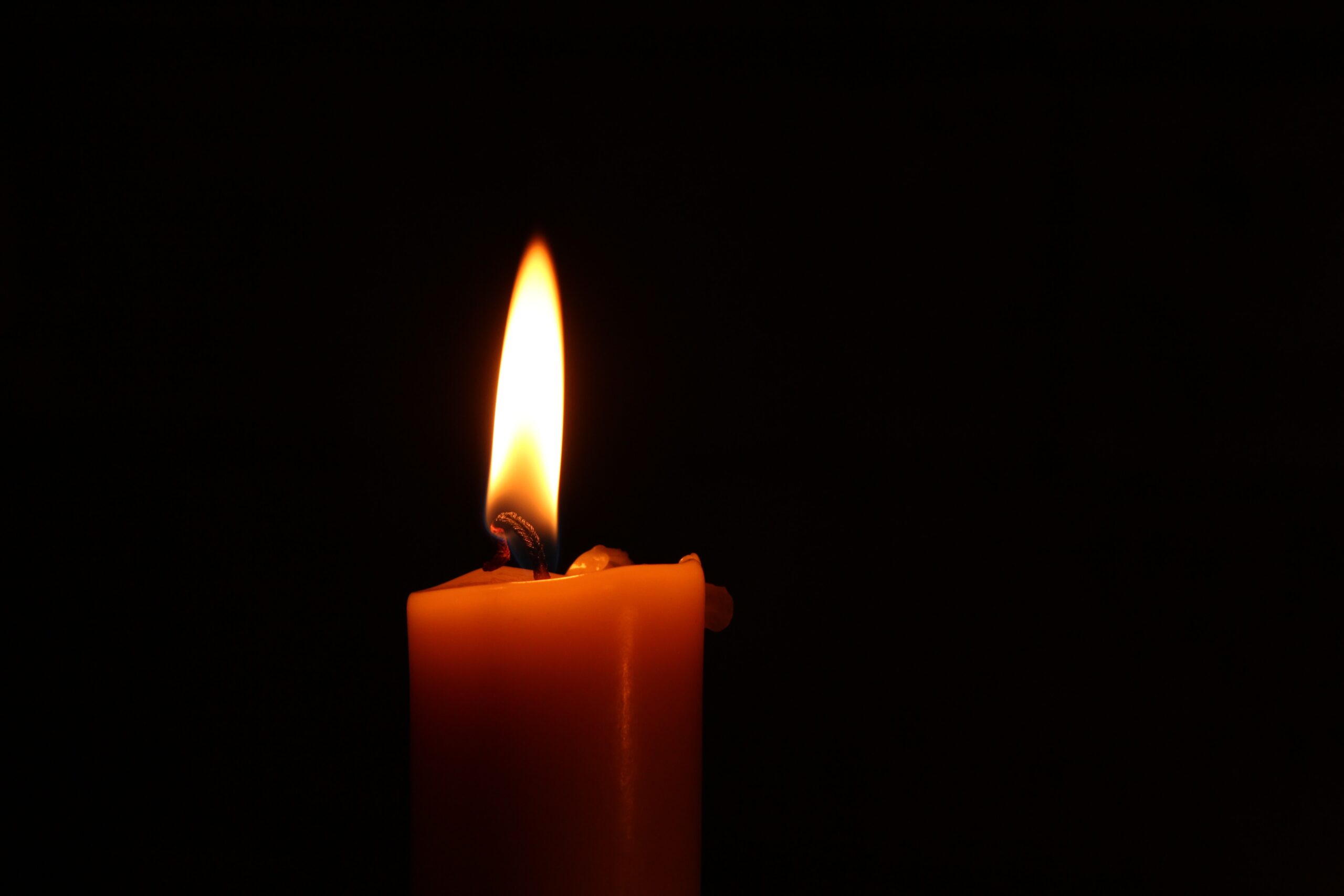This “Essence” is taken from the Sourcebook for Leaders, written by Rabbi Rachel Gartner and Barbara Berley Melits, for Rosh Hodesh: It’s a Girl Thing! This experiential program was created by Kolot: The Center for Jewish Women’s and Gender Studies to strengthen the Jewish identity and self-esteem of adolescent girls through monthly celebrations of the New Moon festival. The program is now available through Moving Traditions.
Fast Facts
Av is the fifth month of the Jewish calendar.
Av comes at the same time as the secular months July/August.
The mazal (constellation) for Av is Leo, aryeh (lion).
The prophet Isaiah named the Temple “Ariel,” which is related to aryeh. The Temple, like a lion, was majestic and awe-inspiring.
In Hebrew, Av is spelled aleph-bet, the first two letters of the Hebrew alphabet. There is a vast amount of folklore about each of the letters of the Hebrew alphabet. Legend says that they are indestructible, like Judaism itself.
Av commemorates the destruction of the Temple, the end of an era of Jewish life. It is also taught that the Messiah, who will usher in a new era in Jewish life, will be born in Av. In Av our mourning turns to celebration as we move from the sadness of losing the past to the hope of a brighter future. We begin our journey towards the messianic age — a time when the world will be perfect — with small steps towards tikkun olam (repairing the world), just as we begin our Jewish journey by learning the aleph-bet.
Features
Tisha B’Av (the 9th of Av) is a fast day marking the destruction of both Temples — the first by the Babylonians in 586 B.C.E. and the second by the Romans in 70 C.E. We mourn the destructions by sitting on low stools or on the bare floor as we chant Eicha (The Book of Lamentations) and kinot (a series of liturgical poems describing the destruction of the Temples). There is a tradition that the Messiah will be born on Tisha B’Av and thus that out of destruction, redemption is born.
Tu B’Av (the 15th of Av) is referred to in the Talmud as a festive day when, “the young women of Israel used to dress in white and go out to the fields and the young men would follow after them” (Ta’anit 4:8). The origins and meaning of Tu B’Av customs are unknown. It may have simply been a mid-summer festival filled with dancing and romancing. The full moon arrives on Tu B’Av. Perhaps the moon’s symbolic self-assertion inspired young women to take the lead in romance. Today women and girls can use the occasion of Tu B’Av to celebrate our agency in expressing our own sexuality.
Menakhem Av (Av the Comforter). The rabbis named this month Menakhem Av because the Shabbat after Tisha B’Av begins seven weeks of special haftarot in which prophets offer the mourning Israelites words of consolation.












